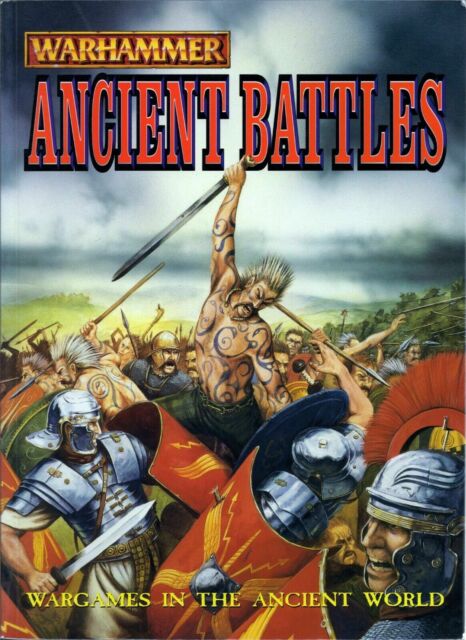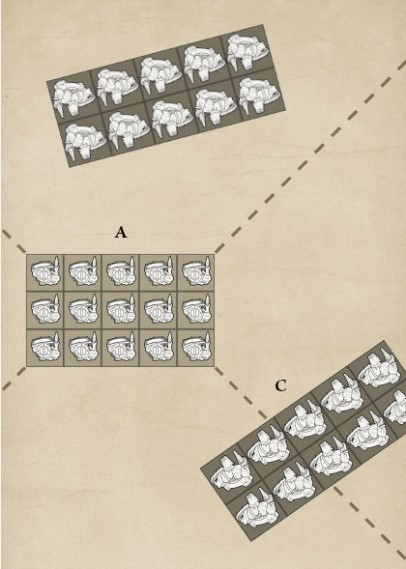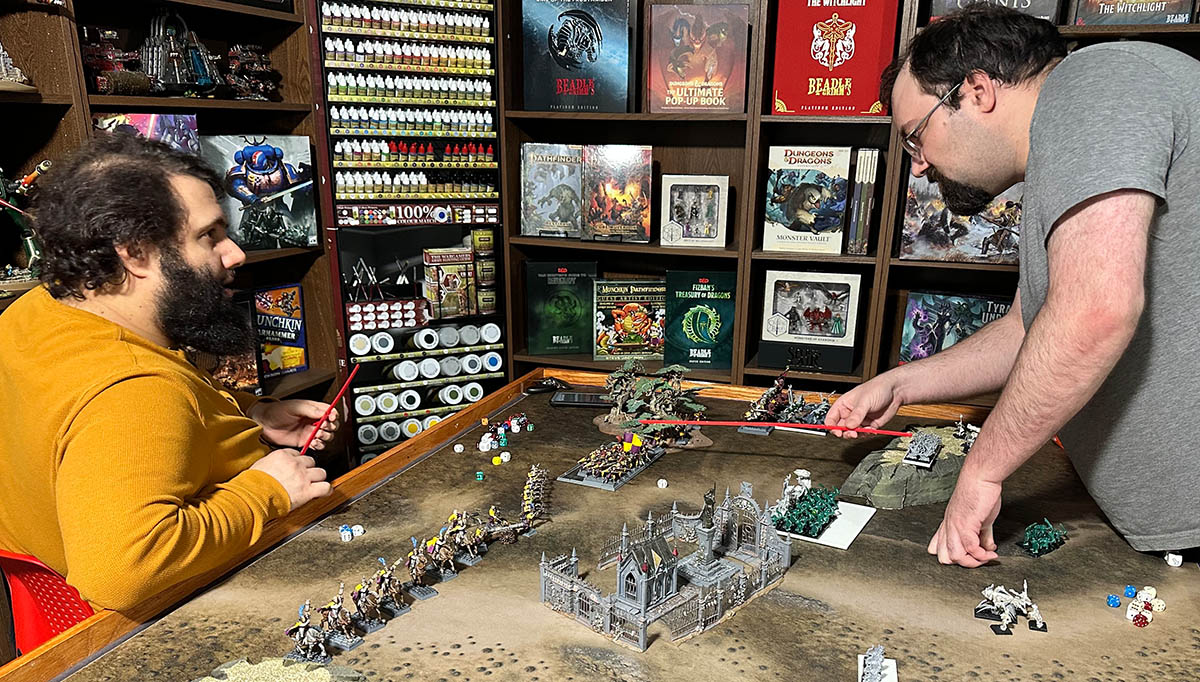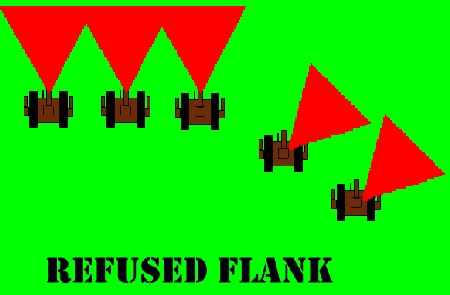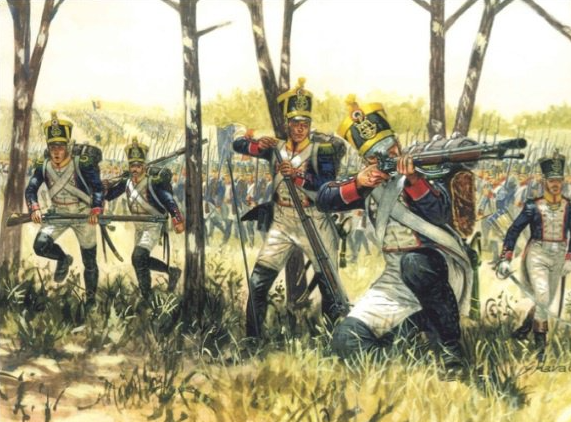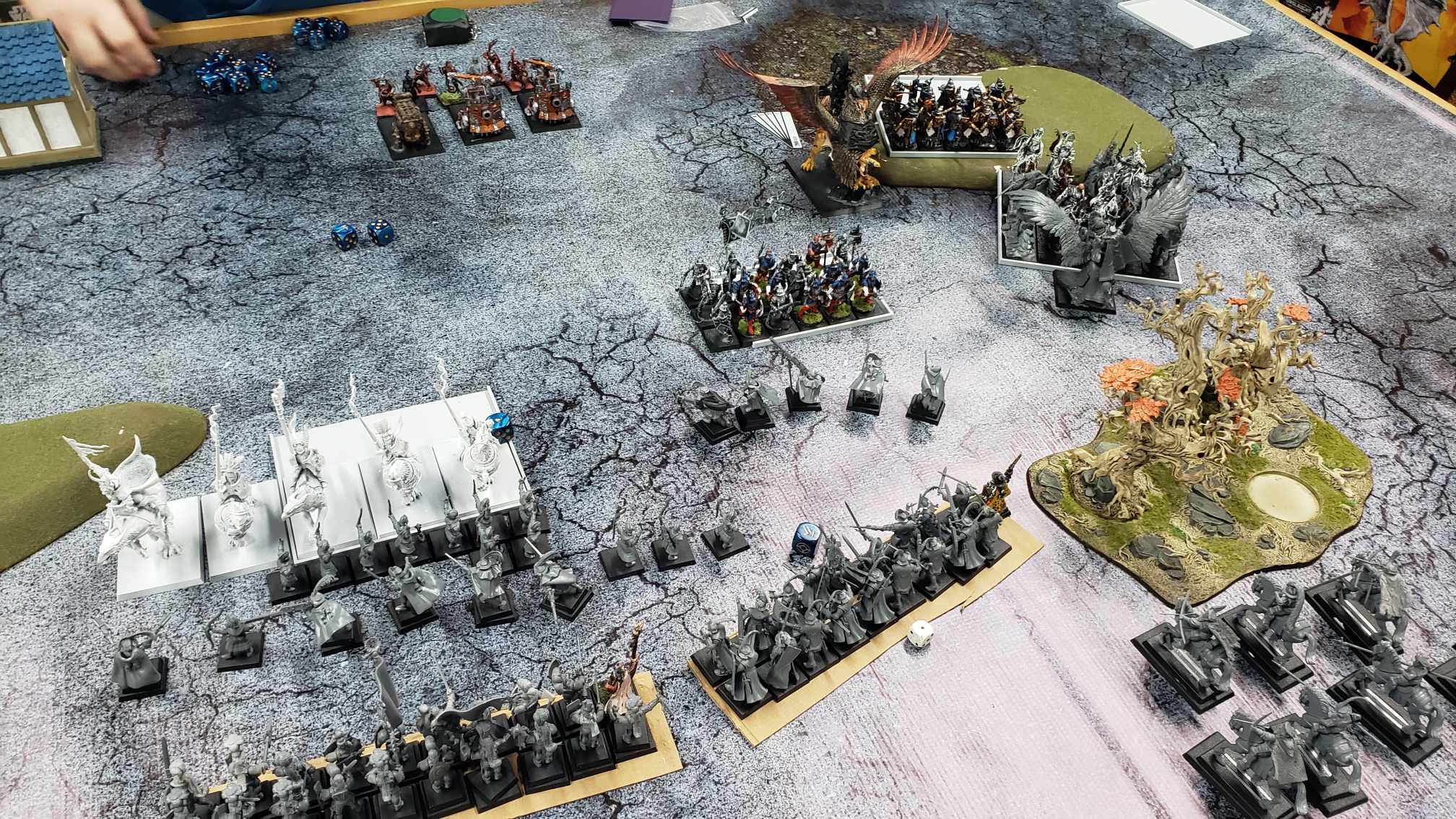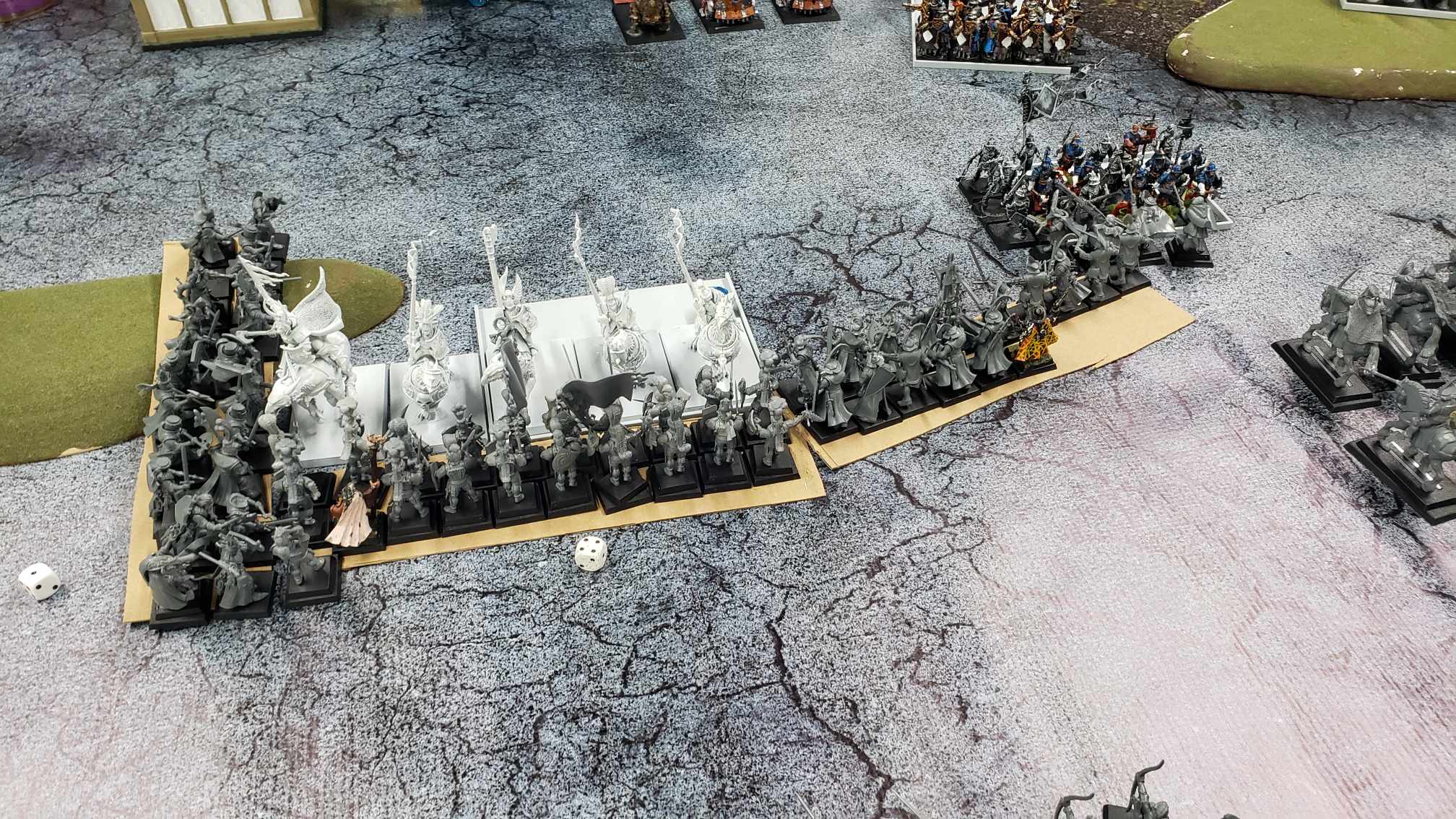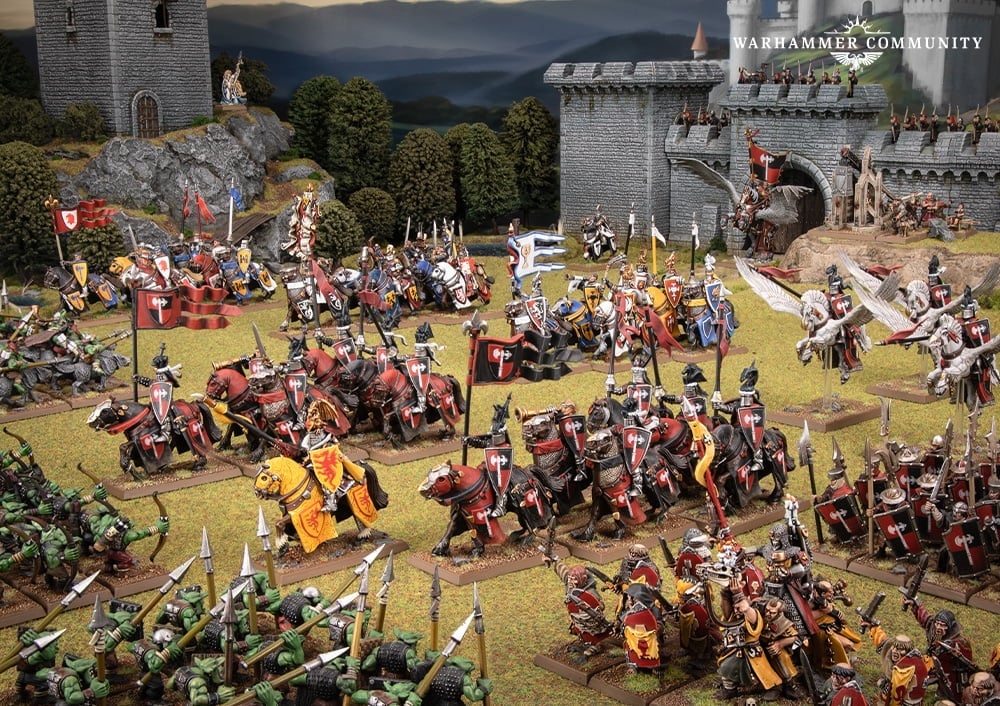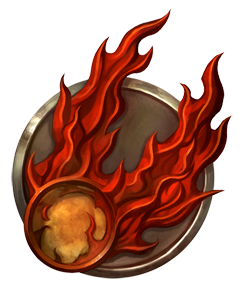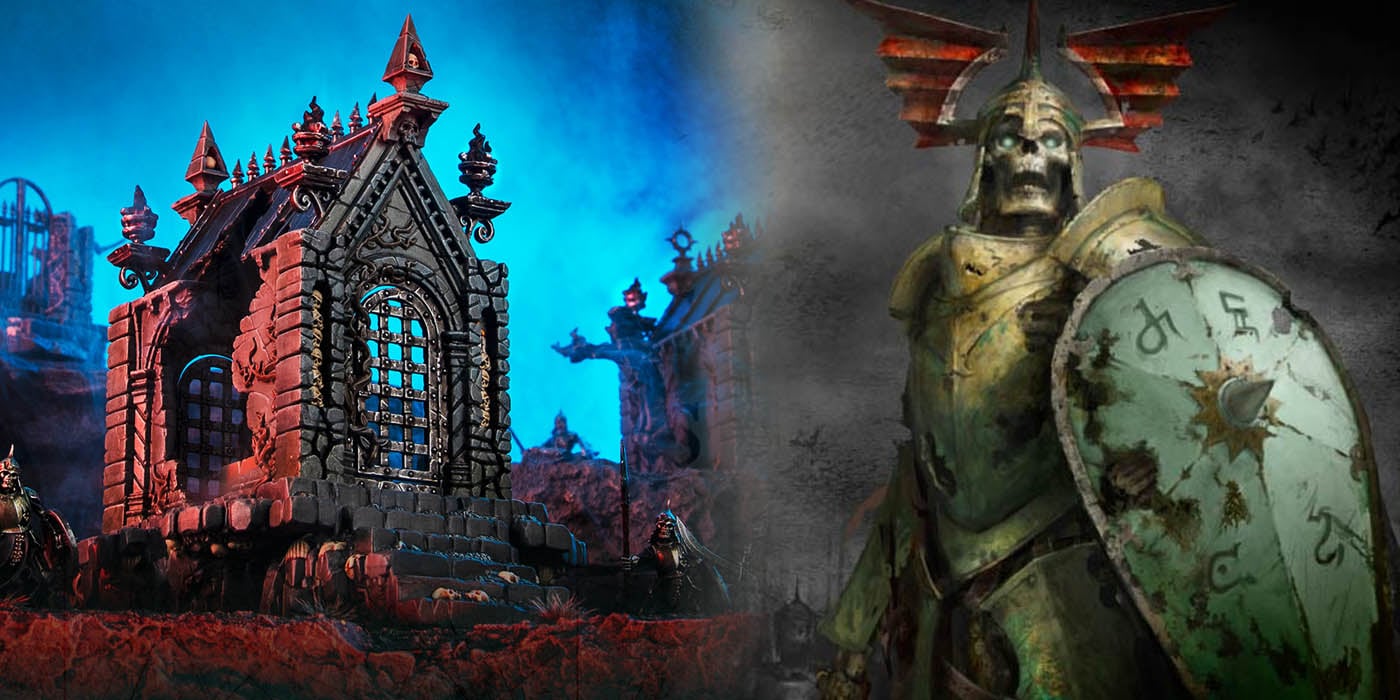‘Warhammer: The Old World’- How To Use Real Life Tactics To Win
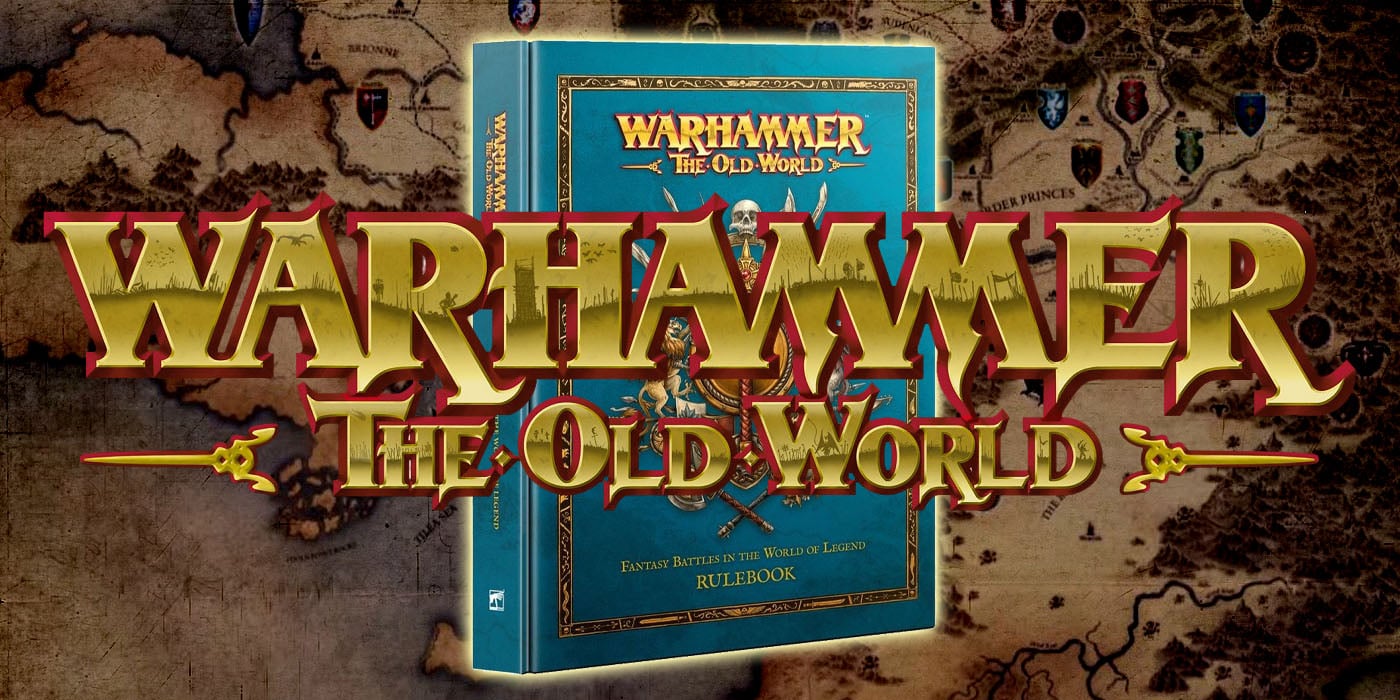

Here’s how you can apply some real world tactics to Warhammer: The Old World, and up your game.
Warhammer: The Old World is a pretty complex game with a lot of depth. Playing it can be hard, and winning can be harder. While it all starts with building your army, ultimately, the tactics you use will be the major deciding factor (barring some really out there luck!). Despite its fantastical nature, The Old World does have a lot more in common with historical games, and thus historical warfare, than many other GW games.
I always find it fun to try and see what real life historical tactics can be adapted to the game and how they can help you win. While you are unlikely to find a straight one-to-one carryover, a lot of general concepts can apply. I think this is a way to help make you a better player. So let’s take a look at some real world tactics you can adapt for tabletop use.
Flanking
Flanking is one of the simplest real world tactics you can use, and one that the game supports the most. In real life, attacking a unit or army from the side is really good. It’s kind of one the major building blocks of tactics and what most armies through history have attempted to do to some degree. In the game there are a couple of ways of doing this. The most common is to flank an individual enemy unit. Having your unit charge the enemy on the flank (or rear) gives you a lot of direct benefits from the rules. I doubt I’m telling you anything new here, this is a simple and good move to pull off. Try to do this as much as possible.
On a larger scale you can work to flank the entire enemy army. You can do this by first moving your army, or section of around the flank or side of the enemy and then attacking. While this has less direct rules benefits than attacking a unit’s flank, it is still very powerful. Such a move will often force the enemy to react to you by turning parts of their army to face you. This will waste their movement. It also allows you to get off the charge. Moreover it often means their army will be strung out and poorly positioned to fight you. It can also help you get off unit-sized flank attacks.
Refusing the Flank
One of the ways to counter flanking movements is by refusing your flank. It’s a common real world tactic and has found its way into plenty of games, even 40K and The Old World. In essence, Refusing a Flank means that instead of turning your whole line, you simply pull back one side of it to protect yourself from a flank attack. This will often leave you with a L shaped line. Sometimes with a half box shape. This tactic can be very useful during deployment for smaller armies. Rather than trying to spread out to cover the whole table, something you can’t do, you can refuse a flank. Simply pick a spot, normally a corner, and deploy in a compact mass with one end angled back a bit. This can prevent the enemy from getting off flanking attacks.
The Skirmish Screen
Now if you’ve played The Old World at all, you no doubt know that skirmishers are a big, and powerful part of it. They are often used as harassing units or quick moving assault units. Both of these are viable options. However, I rarely see them used as a real skirmish screen. Throughout history light troops, what we might think of as skirmishers, were of course used in both the above-mentioned roles. However they often had another very important role, that was to act as a screen. As a screen, they would protect and obscure the main body of troops, often moving in a tight formation, from enemy view and attack. This can be done to great effect in The Old World as well.
Skirmishing infantry themselves always give the enemy a -1 to hit them. By placing multiple units of skirmishers in front of your valuable ranked-up troops you can also give those troops cover. A proper skirmish screen can thus place the enemy in a position where they are at a -1 or -2 to shoot any of your units, before they even get into range penalties. All of this can be used to ever effectively screen your important units from getting shot.
Skirmish screens, especially using more than one unit, can also be used to draw the enemy in a tie up charges. In the above example I used a double screen to eat up the charge of the Demigryph Knights allowing me to get multiple charges off against them with my foot knights. Good use of skirmishers can allow even slow infantry to charge cavalry.
The Schwerpunkt
Schwerpunkt is a 19th century German tactical concept. It has been in use in some form throughout most of the history of warfare. In essence, it’s talking about finding the center of gravity, focal point or point of main effort in a battle. In short, it’s about determining the crucial area of a conflict, a war, or battle, and concentrating your forces to win in that area (yes, this is a gross simplification). It’s an idea that been used, and adapted and interpreted by armies across the world and history.
In Warhammer: The Old World I see this as a good way of focusing, or concentrating your forces. Rather than spreading out and attacking willy-nilly you need to determine, often during deployment, what the important part of the game, the Schwerpunkt is. This could be a location on the table. It could also be a part of the enemy line. It could even be an enemy unit. Your goal is then to focus your army, every unit, to make sure you are applying more “power” to that point than the enemy. Not every unit needs to attack that point. Some could draw enemy troops or fire away from it. But every unit should be moving towards the same center of gravity, focal point or point of main effort in a battle. This is just another real world tactic you can bring to use on the tabletop.
Let us know what real world tactics you like to use on the table top, down in the comments!

